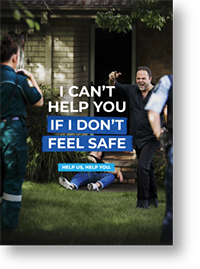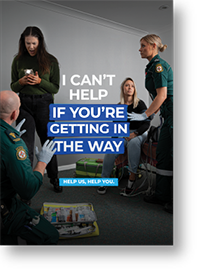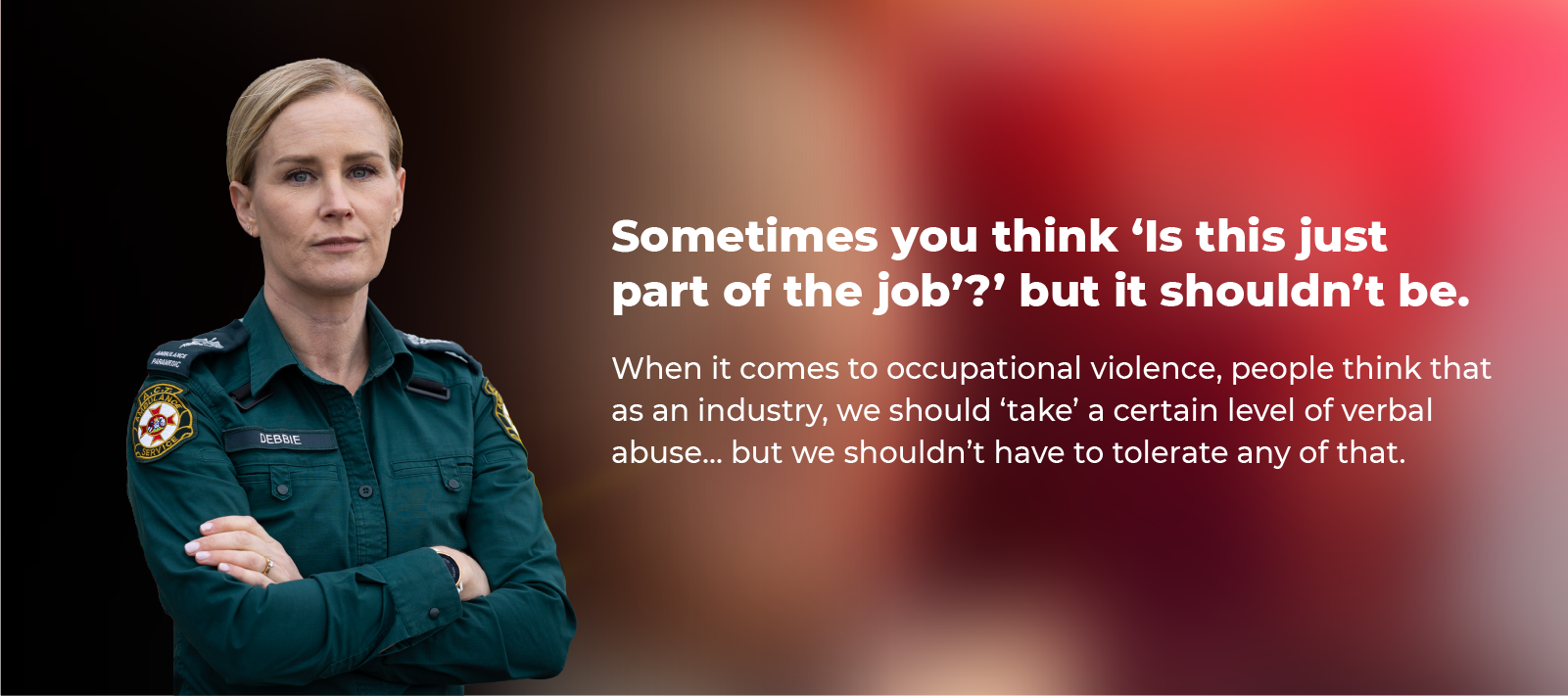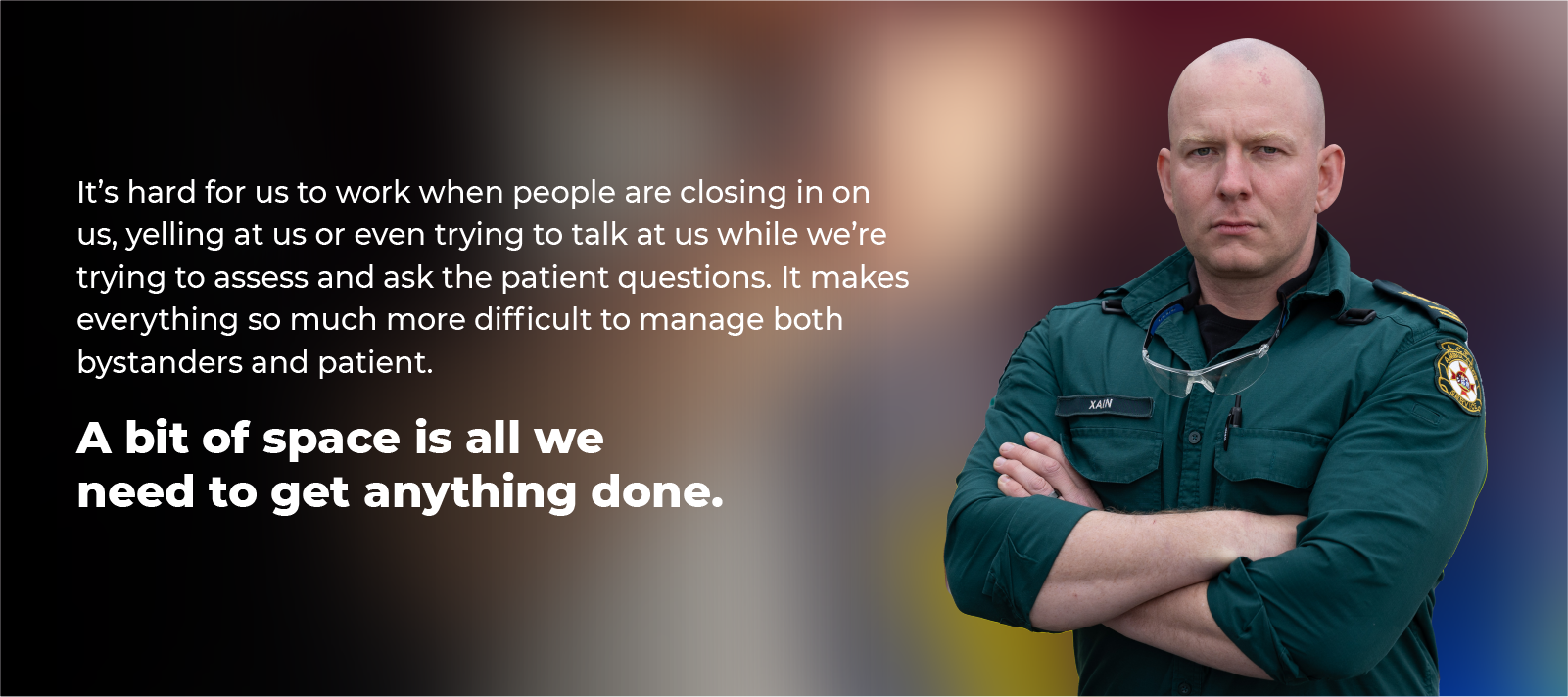Aggression or violence, it’s not part of the job.
Occupational violence (OV) poses a significant and escalating threat to first responders, who selflessly dedicate their lives to safeguarding the well-being of individuals and communities. First responders encounter a wide range of potentially dangerous situations daily. Unfortunately, these brave professionals also face an alarming risk of violence while carrying out their duties. Occupational violence refers to acts of aggression, physical assault, verbal abuse, or intimidation directed towards first responders in the course of their work. Understanding and addressing the issue of occupational violence is vital to ensuring the welfare of first responders and maintaining the integrity of emergency services.

What is occupational violence?
Occupational violence refers to acts of violence, aggression, or abuse that specifically target individuals. This violence can come from patients, their families or friends, bystanders, or even individuals who deliberately target ambulance staff. The reasons behind such violence can vary, including frustration, fear, substance abuse, mental health issues, or conflicts arising from the provision of care.
Physical Abuse

We can’t help you if there is any concern or fear of physical violence.
Verbal Abuse

We can’t help you if you’re interrupting us, talking over us or insulting us.
Obstruction

Such as filming scenes, deferring attention away from patients or intentionally interfering with staff as they perform their duties.
We can’t help you if you’re getting in the way, filming, blocking or making a scene.
Our Stories
By sharing our experiences, we can better understand what occupational violence looks like in everyday life. OV can manifest in a multitude of ways and is much more varied than most assume. Our staff share their stories to better identify how we can acknowledge and avoid OV situations in the future.


Help Us, Help You.
When you, your family, or your friends are receiving care from ACT Ambulance Service paramedics, help us help you, by remaining calm and respectful.
First responders are there to keep the Canberra community safe. Help us, help you by giving us space to provide the right care.

Consequences
There are serious ramifications to those who commit acts of abuse towards ACT emergency staff. Offenses can be as severe as imprisonment, fines, and legal action.




